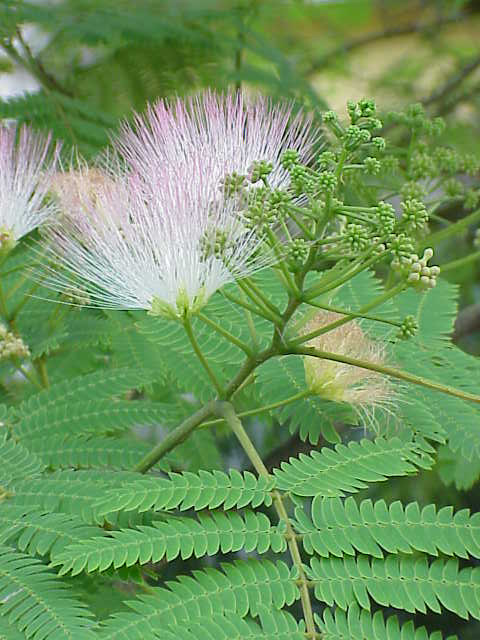|
Epiophlebia Laidlawi
''Epiophlebia laidlawi'', the Himalayan relict dragonfly, is one of four species of Epiprocta in the family Epiophlebiidae. They have at one time been classified as a suborder Anisozygoptera, considered as intermediate between the dragonflies and the damselflies, partly because the hind wings and fore wings are very similar in size and shape, and partly because the insect at rest holds them back over the body as damselflies do. These attributes now are known to be misleading however; the genus '' Epiophlebia'' shares a more recent ancestor with dragonflies and became separated from other Anisoptera in and around the uplifting Himalayas. The species was first described from a larva collected in June 1918 by Stanley Kemp in a stream just above Sonada in the vicinity of Darjeeling. It was identified as an ''Epiophlebia'' by Dr. F. F. Laidlaw of Devon who dissected the wing sheaths of the specimen and his identification was endorsed by R.J. Tillyard, who described and gave it t ... [...More Info...] [...Related Items...] OR: [Wikipedia] [Google] [Baidu] |
Naiad
In Greek mythology, the naiads (; grc-gre, ναϊάδες, naïádes) are a type of female spirit, or nymph, presiding over fountains, wells, springs, streams, brooks and other bodies of fresh water. They are distinct from river gods, who embodied rivers, and the very ancient spirits that inhabited the still waters of marshes, ponds and lagoon-lakes such as pre-Mycenaean Lerna in the Argolis. Etymology The Greek word is (, ), plural (, ). It derives from (), "to flow", or (), "running water". Mythology Naiads were often the object of archaic local cults, worshipped as essential to humans. Boys and girls at coming-of-age ceremonies dedicated their childish locks to the local naiad of the spring. In places like Lerna their waters' ritual cleansings were credited with magical medical properties. Animals were ritually drowned there. Oracles might be situated by ancient springs. Naiads could be dangerous: Hylas of the '' Argo''’s crew was lost when he was taken ... [...More Info...] [...Related Items...] OR: [Wikipedia] [Google] [Baidu] |
Shivapuri Nagarjun National Park
Shivapuri Nagarjun National Park is the ninth national park in Nepal and was established in 2002. It is located in the country's mid-hills on the northern fringe of the Kathmandu Valley and named after Shivapuri Peak of altitude. It covers an area of in the districts of Kathmandu, Nuwakot and Sindhupalchowk, adjoining 23 Village Development Committees. In the west, the protected area extends to the Dhading District. History The area has always been an important water catchment area, supplying the Kathmandu Valley with several hundred thousands cubic liter of water daily. In 1976, the area was established as a protected watershed and wildlife reserve. In 2002, it was gazetted as Shivapuri National Park, initially covering . It was extended by the Nagarjun Forest Reserve covering in 2009. The park includes some historical and religious sites, and a popular hiking route for local people and tourists. Climate The park is located in a transition zone between subtropical and temp ... [...More Info...] [...Related Items...] OR: [Wikipedia] [Google] [Baidu] |
Insects Described In 1921
Insects (from Latin ') are pancrustacean hexapod invertebrates of the class Insecta. They are the largest group within the arthropod phylum. Insects have a chitinous exoskeleton, a three-part body (head, thorax and abdomen), three pairs of jointed legs, compound eyes and one pair of antennae. Their blood is not totally contained in vessels; some circulates in an open cavity known as the haemocoel. Insects are the most diverse group of animals; they include more than a million described species and represent more than half of all known living organisms. The total number of extant species is estimated at between six and ten million; In: potentially over 90% of the animal life forms on Earth are insects. Insects may be found in nearly all environments, although only a small number of species reside in the oceans, which are dominated by another arthropod group, crustaceans, which recent research has indicated insects are nested within. Nearly all insects hatch from eggs. Insect ... [...More Info...] [...Related Items...] OR: [Wikipedia] [Google] [Baidu] |


